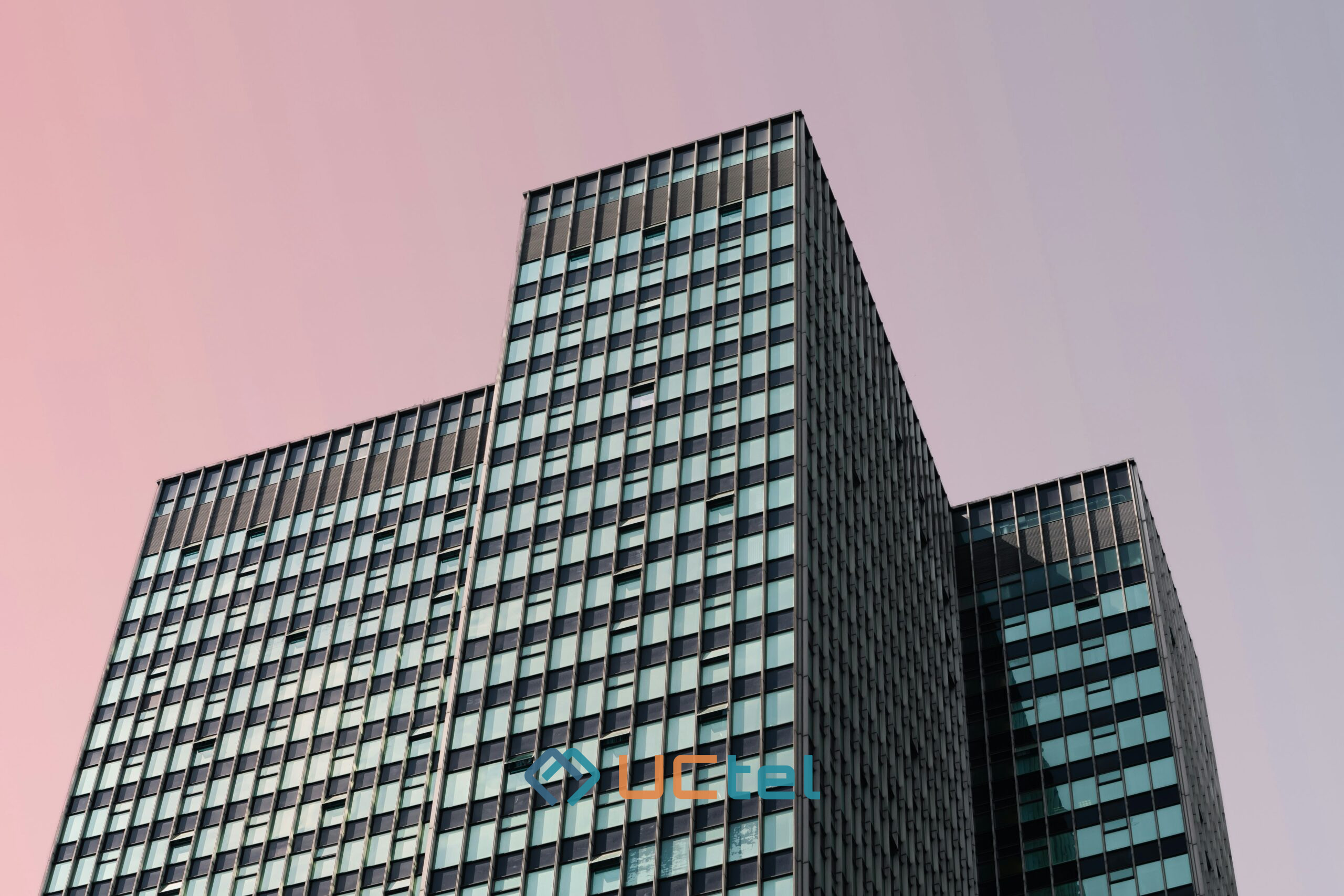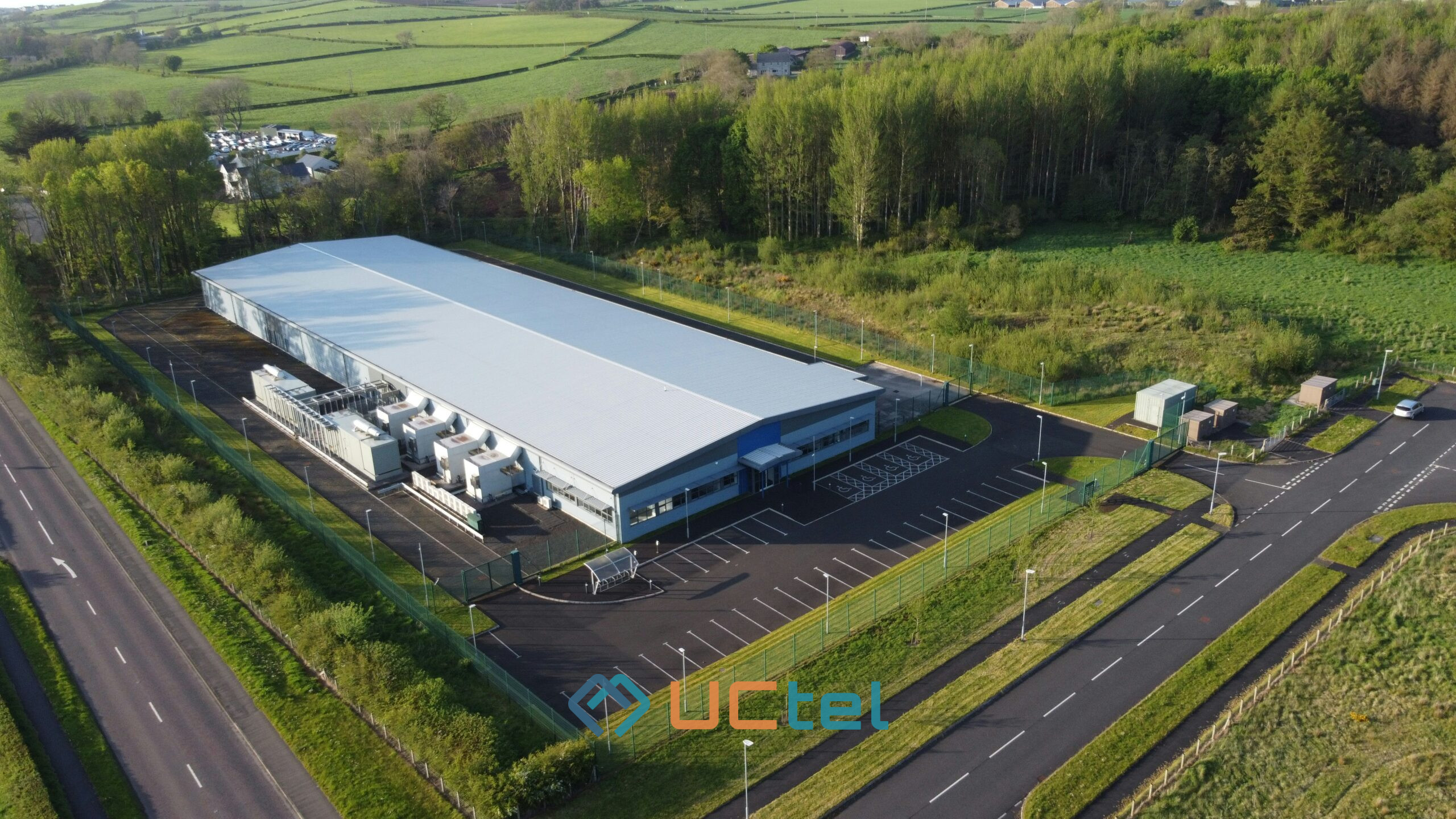How To Choose A Mobile Signal Booster For A Multi‑Storey office?

Table of contents
- 1. Follow-Up Questions
- 2. The Unique Needs of Multi‑Storey Office Buildings
- 3. Assessing Your Current Signal: Coverage Surveys & Tools
- 4. Designing Coverage Zones: Antennas per Floor & Overlap Planning
- 5. Building Materials Matter: Signal Barriers & Penetration
- 6. System Types: Analogue vs Digital DAS for Commercial Use
- 7. Legal & Regulatory: Ofcom Compliance and Network Registration
- 8. Cost Planning & ROI: Budgeting Installation, Maintenance, and Upgrades
- 9. Case Study: Successful Booster Roll‑Out in a 5‑Floor Office
- 10. Maintenance, Monitoring, and Upgrading for Future Needs
- 11. Frequently Asked Questions (FAQ)
- 12. Conclusion / TL;DR
Updated July 2025
If you need reliable mobile coverage across multiple floors of a UK office, selecting the right booster system demands structured planning. This guide leads you through each stage—from analyzing existing signal and building materials to ensuring Ofcom compliance.
Follow-Up Questions
What challenges are unique to boosting signal in multi-storey offices?
- Reinforced concrete, steel supports, and dense floor plans block inter-floor signals.
- Strategic zoning and coverage overlap are critical to ensure seamless mobile performance.
How do you check the existing mobile signal strength before installation?
- Use tools like spectrum analyzers, test handsets, and mapping software.
- Chart signal strength floor-by-floor to identify coverage gaps.
How many antennas do you typically need per floor?
- Typically 2–3 ceiling-mounted antennas for every 1,000 m².
- Adjust based on floor size and material density.
Why do building materials affect booster performance?
- Materials such as concrete, metal, and glass absorb or reflect mobile signal.
- Requires fine-tuned antenna placement and power balancing.
What are the differences between analogue and digital DAS systems?
- Analogue DAS: basic amplification, prone to noise, less scalable.
- Digital DAS: supports multi-operator, 5G-ready, includes remote monitoring.
How do you ensure legal compliance when installing a booster?
- Only use Ofcom-approved devices.
- Work with a certified provider like UCTel to manage licensing and network coordination.
What costs should businesses expect for a full installation?
- Budgets typically range between £15,000–£50,000.
- Include annual maintenance and potential future 5G upgrades.
Can you share an example of a successful multi-storey office installation?
- UCTel deployed a Cel-Fi Quatra system across 5 floors with 15 antennas.
- Achieved 92% improved signal with zero service interruption.
How is the system monitored and maintained?
- Through remote monitoring dashboards, fault alerts, and annual site checks.
- Regular firmware updates preserve long-term performance.
The Unique Needs of Multi‑Storey Office Buildings
Each floor in a multi-storey office can block signals due to reinforced concrete, metal framing, or glass partitions. These structures create “dead zones,” especially in interior offices or conference rooms.
UCTel deploys solutions like Cel-Fi Quatra that use digital signal conditioning to maintain strong signal across vertical levels with minimal signal loss.
Assessing Your Current Signal: Coverage Surveys & Tools
Before installation, a site survey is essential. Professionals use:
- Spectrum analyzers
- Test phones and scanners
- RF mapping software
These tools reveal signal strength (RSSI), signal quality (SINR), and interference on each floor—enabling tailored system design. UCTel provides this survey free of charge.
Designing Coverage Zones: Antennas per Floor & Overlap Planning
To avoid under- or over-coverage:
- Divide floors into coverage zones
- Use 2–3 antennas per 1,000 m²
- Plan for overlap between antennas on adjacent floors
Phased rollout is ideal to ensure minimal disruption, especially in active workspaces.
Building Materials Matter: Signal Barriers & Penetration
Signal attenuation varies by material:
- Reinforced concrete can reduce signal by up to 30 dB
- Metal racking reflects or absorbs signal
- Specialised glass may look transparent but still block RF
Digital DAS systems can auto-adjust power levels and filter noise, delivering stable, room-to-room performance.
System Types: Analogue vs Digital DAS for Commercial Use
You’ll typically choose between:
Analogue DAS
- Lower cost
- Less intelligent amplification
- Can introduce noise
Digital DAS (e.g. Cel-Fi Quatra)
- Clean digital transmission
- Multi-operator and 5G support
- Remote management and performance tuning
Legal & Regulatory: Ofcom Compliance and Network Registration
To operate legally in the UK, your system must:
- Use Ofcom-approved hardware
- Be licensed for higher-powered systems
- Coordinate with mobile operators to avoid interference
UCTel manages these steps end-to-end, including compliance files and approvals.
Cost Planning & ROI: Budgeting Installation, Maintenance, and Upgrades
Total project cost: £15,000–£50,000, depending on:
- Number of floors and antennas
- Type of system (digital vs analogue)
- Required network integration
ROI often achieved within 18–24 months due to fewer dropped calls, improved productivity, and support for hybrid work models.
Case Study: Successful Booster Roll‑Out in a 5‑Floor Office
In Birmingham, UCTel implemented a Cel-Fi Quatra system:
- 15 ceiling antennas over 5 floors
- Integrated with EE, O2, Vodafone, and Three
- Resulted in 92% better signal quality and zero installation downtime
Maintenance, Monitoring, and Upgrading for Future Needs
Digital systems require:
- Remote monitoring platforms
- Annual inspections by certified engineers
- Regular firmware and feature updates
They can be upgraded to support 5G SA and future frequency bands with module swaps—no full reinstallation needed.
Frequently Asked Questions (FAQ)
What are the main challenges when boosting mobile signal in multi‑storey offices?
- Floors block signal flow due to dense materials.
- Each floor must be treated as a separate coverage zone.
How do I assess existing mobile coverage before installation?
- Use professional tools to record signal levels and quality across all areas.
- Identify dead zones for antenna targeting.
How many antennas are typically needed per floor?
- For a 1,000 m² floor: 2 to 3 ceiling-mounted antennas.
What is the difference between analogue and digital DAS systems?
- Analogue: direct amplification, basic, may degrade signal.
- Digital: supports 5G, multi-operator, and remote diagnostics.
How do I ensure compliance with UK regulations?
- Only use Ofcom-compliant devices and work with certified partners like UCTel.
What is the typical cost range for a multi‑storey booster installation?
- £15,000 to £50,000, plus optional maintenance or upgrades.
How long does installation usually take?
- 2–6 weeks, typically phased floor-by-floor.
How is system performance maintained over time?
- Via dashboards, scheduled inspections, and cloud-based software tools.
Can the system be upgraded for future technologies like 5G?
- Yes, modular digital systems are designed for scalable upgrades.
What ROI can I expect from installing a booster system?
- Most clients see ROI within 18–24 months, due to reduced errors and improved mobile access.
Conclusion / TL;DR
- Multi-storey buildings create signal blockages—requiring zone-based signal planning.
- Digital DAS systems like Cel-Fi Quatra ensure multi-operator and 5G-ready coverage.
- Ofcom compliance is essential—work with experts to avoid penalties.
- Expect £15k–£50k investment with fast ROI through better connectivity.
- Long-term performance requires monitoring, updates, and phased upgrades.





